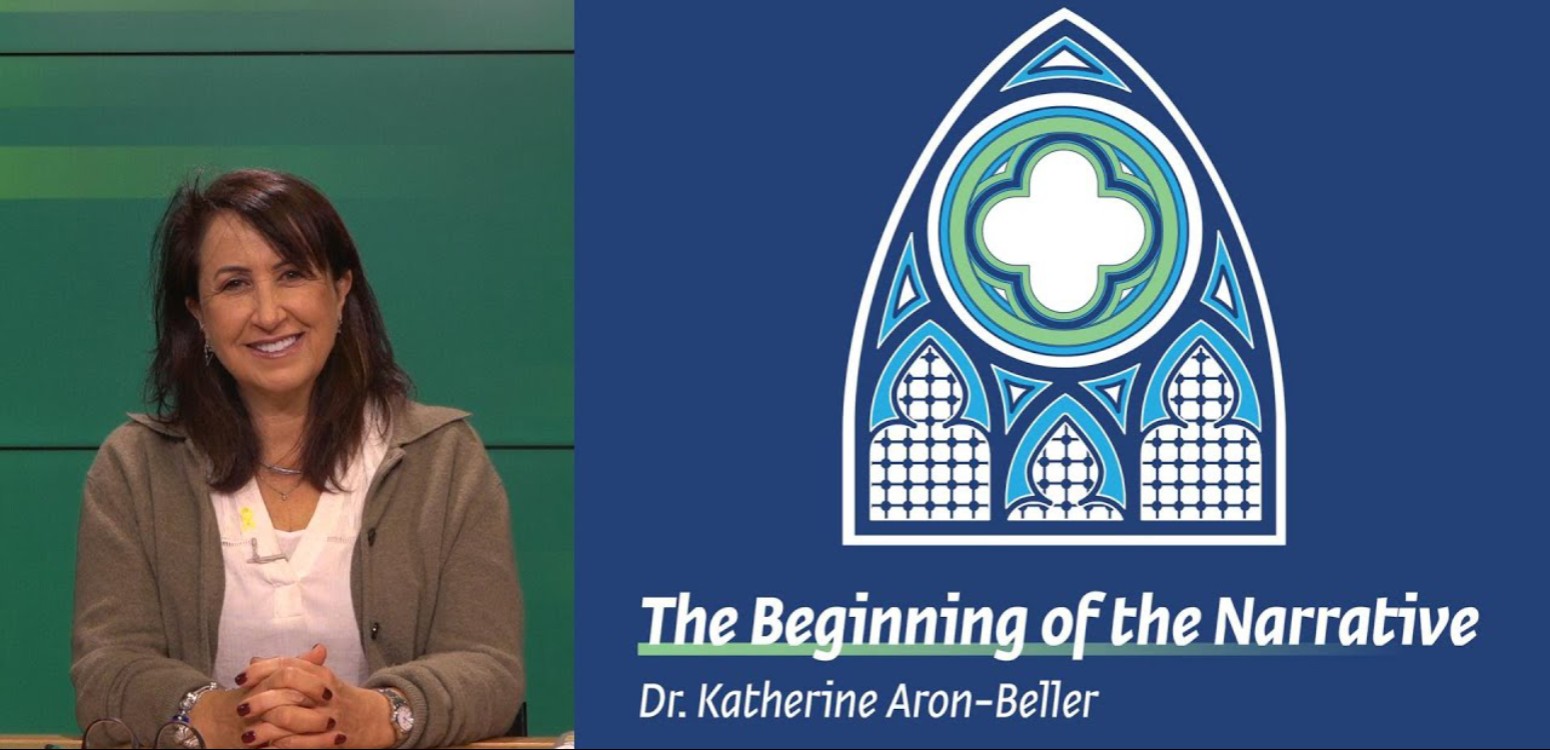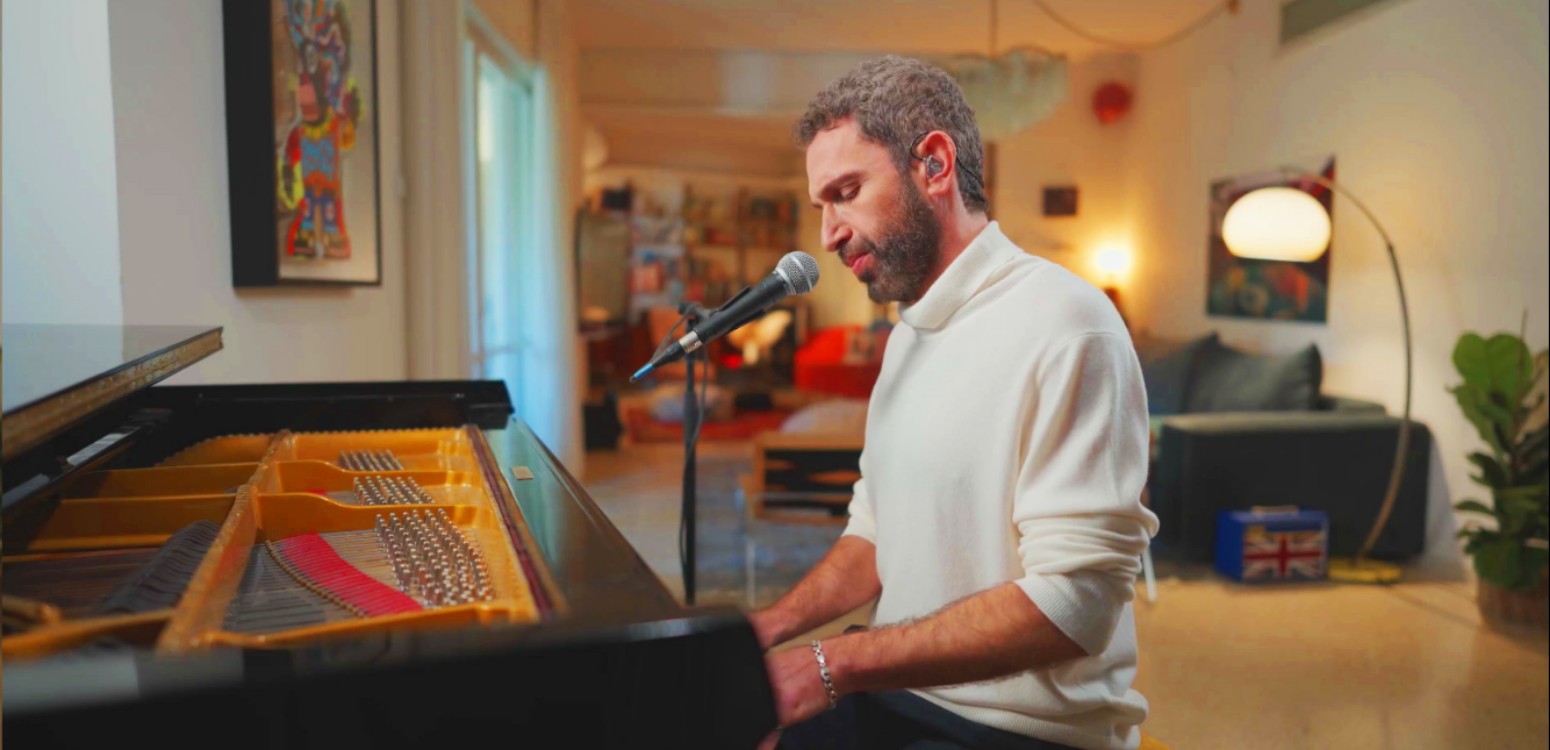The Donkey as a Metaphor
How did the donkey – certainly not the most impressive of animals – become a staple of Jewish art?
If the animal kingdom had an anti-hero, it would probably be the donkey. A most lackluster pack animal, with neither a dashing physique nor a remarkable intelligence to boast, it has nevertheless become an eminent icon of Western civilization.
Both Judaism and Christianity feature the donkey prominently in their scriptures and subsequent cultural representations. In the Old Testament, Prophet Zechariah famously described the arrival of the Messiah on the back of a donkey, an image replicated in the New Testament, in the passage where Jesus returns to Jerusalem – also on a donkey. In the Binding of Isaac, one of the pivotal stories of the Book of Genesis, one of the only characters other than Abraham and his son is their donkey.
“The donkey has been featured in Jewish-themed art more than any other animal,” says art historian Dr. Boris Khaimovich, formerly of the Center for Jewish Art at the Hebrew University. This also applies, he says, to a period ranging from the famous IV century mosaic in Tzipori, the cradle of the Mishna in the Lower Galilee, to Marc Chagall’s XX century paintings.
The centrality of the donkey in both Jewish and Christian cultures derives, in essence, from an ancient pagan myth that gained traction in the Roman Empire, and was used to libel the Jews and later the Christians, when the latter formed their own religion. According to the myth – that, as myths often are, had no factual basis – “members of these faiths worshipped and sacrificed donkeys,” says Dr. Khaimovich. “Its image existed in ancient works of art – mosaics and so on – and later permeated Jewish and Christian works of art.” This is the reason of the ubiquity of donkeys in the Western art canon, after the central artistic symbol took on a new cultural and theological meaning.
The Sages believed that the prominence of the donkey in several biblical tales is symbolic, embodying a certain divine presence. It was not a coincidence, then, that it was on the back of a donkey, rather than a camel or any other pack animal, that Moses returned to Egypt after God revealed Himself to him in the burning bush. Nor was it a coincidence that God’s dismay was channeled through Balaam’s donkey, when it stalled the prophet en route to cursing the Israelites at the behest of Balak, the Moabite king, as told in Bemidbar 22. Created on the sixth day, along with Adam and Eve, donkeys were believed to have a privileged status among the animals. “According to the Maharal of Prague, the Lubavitcher Rebbe and several other prominent Jewish theologians, the donkey’s recurring presence in the Scriptures signifies the central role that it will play in the World to Come,” says Dr. Khaimovich.
The secularized donkey
The centrality of the donkey in the Jewish Scriptures (and, subsequently, in the broader Christian theology) is what turned it into a fixture in Judaica, and later in secular Jewish art as well, says Dr. Khaimovich. “Miniatures of donkeys featured in Passover haggadot from Prague and Venice as early as the XV century,” he says. Whenever divine presence was to be summoned, the donkey was there, as the ultimate go-to symbol.
Thus, the mosaic in Tzipori features a man, believed to be Eliezer, Moses’ son, holding a donkey on a leash, supposedly “launching” it to future generations. Another example of the parallel representation of the donkey comes from late Medieval and early modern Italy. An illustration from a XVI century Passover haggadah from Mantua, showing Moses returning to Egypt on the back of a donkey, is almost an exact replication of Giotto’s XIV-century mural at Padua’s Scrovegni Chapel, showing Jesus’ return to Jerusalem.
The donkey was also a leitmotiv in the expansive oeuvre of Pinchas Litvinovsky, the painter who settled in Tel Aviv in 1919 and whose works are now on display at Beit Avi Chai. “Unlike many other newly arrived artists from Europe, who were infatuated with the Orient, Litvinovsky was generally uninterested in the landscape of the Land of Israel,” says Amichai Chasson, the exhibition curator. “He did, rather, focus on the country’s fauna, more specifically animals’ relations with humans.”
By the 1930s, Litvinovsky had undergone a transformation towards an abstract phase. Gradually, the donkey became a stand-in for animals of any kind. “In his exploration of their relationship with man, the donkey assumed an archetypal role of an animal, separate from the local geographical context,” adds Chasson. Here too, in XX century Land of Israel, it had become a metaphor.
Now secularized, the image of the donkey in the XX century, as reflected in Litvinovsky’s work and works by other contemporary artists, such as Marc Chagall (notably in his painting from 1968, “The Donkey’s Dream”) and Chaim Soutine, had undergone a process similar to many age-old cultural icons. From a symbol strictly associated with Jewish or Christian story of redemption, it has become a metaphor for any spiritual or transcendental being.
See Pinchas Litvinovsky’s paintings of donkeys at Beit Avi Chai’s exhibition “You Must Choose Life – That Is Art: Pinchas Litvinovsky”.
Main Photo: Pinchas Litvinovsky
Model.Data.ShopItem : 0 8
Also at Beit Avi Chai




















